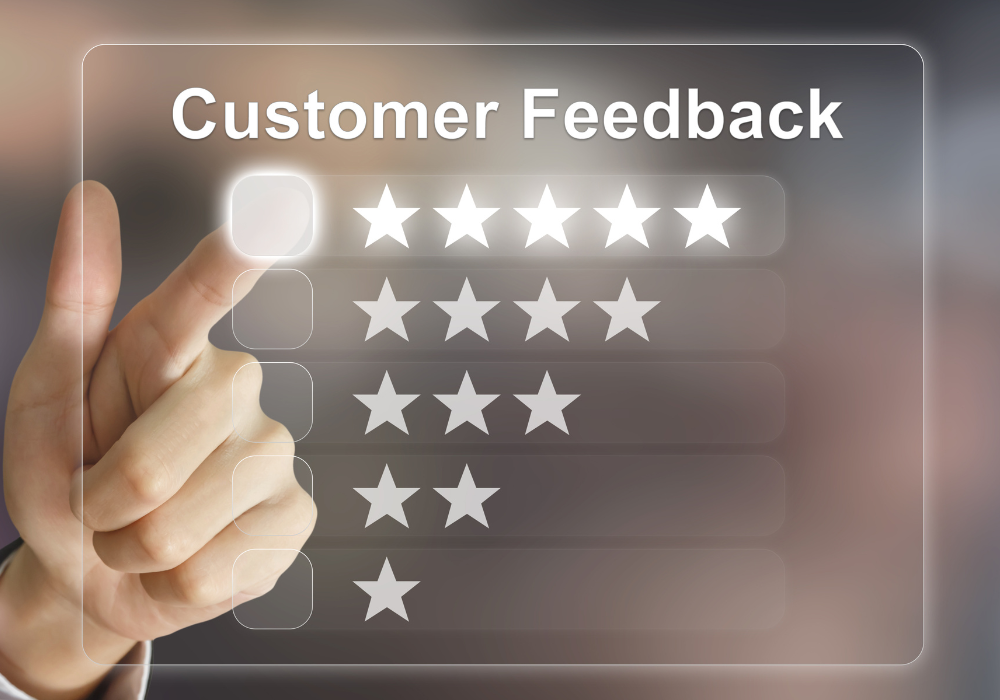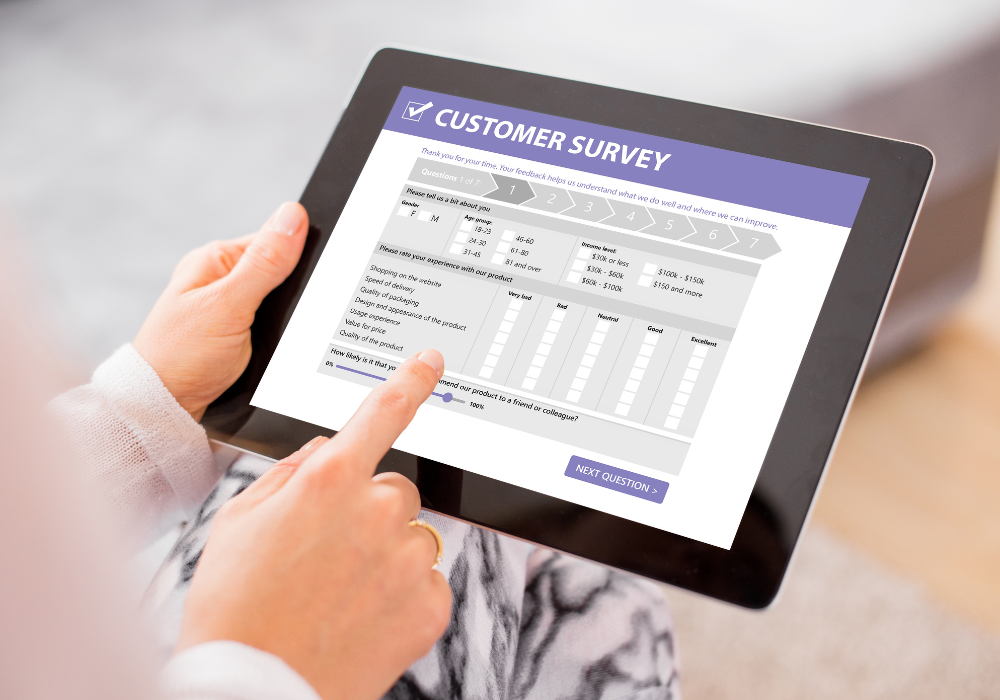Transforming Customer Feedback into Powerful Marketing Strategies

In today’s dynamic business environment, customer feedback is more than just a formality—it’s a goldmine of insights waiting to be tapped. For small business owners, marketing managers, and customer service professionals, leveraging this feedback can be the difference between stagnation and growth. By transforming customer feedback into actionable marketing strategies, businesses can drive customer satisfaction, enhance product offerings, and ultimately boost their bottom line.
Understanding the Various Types of Customer Feedback
Before diving into how to collect and use customer feedback, it’s crucial to understand its different forms:
 Direct Feedback
Direct Feedback
This type of feedback is given explicitly by customers, usually through surveys, reviews, or direct conversations. It’s straightforward and often provides specific insights into customer perceptions and preferences.
Indirect Feedback
Indirect feedback is not provided directly by customers but can be inferred from their actions and behaviours, such as online interactions, purchase history, and social media activity.
Implicit Feedback
Implicit feedback involves data collected from customer interactions that aren’t explicitly feedback but offer valuable insights, such as website analytics, click-through rates, and time spent on pages.
Explicit Feedback
Explicit feedback is actively solicited from customers through various means, such as feedback forms, rating systems, and focus groups. This type of feedback is intentional and targeted.
The Tools and Methods for Collecting Customer Feedback
The journey to transforming customer feedback begins with effective collection methods. Here are some essential tools and techniques:
Surveys
Surveys are one of the most direct ways to gather explicit customer feedback. Tools like SurveyMonkey, Google Forms, and Typeform allow you to design customized surveys that target specific areas of interest.
Social Media Monitoring
Social media platforms are a treasure trove of indirect feedback. Tools like Hootsuite, Brandwatch, and Sprout Social can help monitor mentions, comments, and reviews, providing insights into customer sentiments and emerging trends.
Direct Communication Channels
Channels such as live chat, customer support emails, and phone calls offer real-time, direct feedback. Implementing a structured approach to capturing and analyzing these interactions can provide invaluable insights.
Analyzing Customer Feedback – Turning Data into Actionable Insights
Once you’ve gathered customer feedback, the next step is to analyze this data to uncover actionable insights:
Trends
Identify recurring themes and patterns in the feedback. Are multiple customers highlighting the same issue or praising a particular feature? Recognizing trends can guide your strategic decisions and prioritize changes.
 Sentiment Analysis
Sentiment Analysis
Sentiment analysis tools, such as MonkeyLearn and Lexalytics, can help categorize feedback based on emotional tone—positive, negative, or neutral. This analysis provides a deeper understanding of customer sentiments and helps tailor marketing strategies accordingly.
Categorization
Organize feedback into categories that align with your business goals. This might include product features, customer service quality, usability, and overall satisfaction. Categorized data enables more targeted and efficient implementation of improvements.
Implementing Changes Based on Feedback – Strategies for Improvement
Transforming feedback into powerful marketing strategies involves implementing the insights you’ve gathered. Here’s how you can do it:
Product Development
Customer feedback should be at the heart of your product development process. Whether it’s adding new features, improving existing ones, or fixing bugs, let customer insights guide your roadmap.
Marketing Campaigns
Use customer feedback to refine your marketing messages and campaigns. Highlight the aspects of your product or service that customers love, and address their pain points in your promotions. Personalized marketing efforts based on feedback can significantly enhance engagement and conversion rates.
Customer Service Enhancements
Improving customer service based on feedback can lead to higher satisfaction and loyalty. Implement training programs to address common issues, streamline response times, and enhance the overall customer experience.
Customer feedback is a powerful tool that, when harnessed correctly, can drive meaningful improvements and strategic decisions within your business. By understanding the different types of feedback, utilizing the right tools for collection, and turning data into actionable insights, small business owners, marketing managers, and customer service professionals can transform feedback into impactful marketing strategies. Implementing these changes not only enhances customer satisfaction but also positions your business for long-term success.
Ready to transform your customer feedback into powerful marketing strategies? Start by implementing a robust feedback collection system today. Share your experiences, insights, and success stories in the comments below! Let’s drive our businesses forward together.